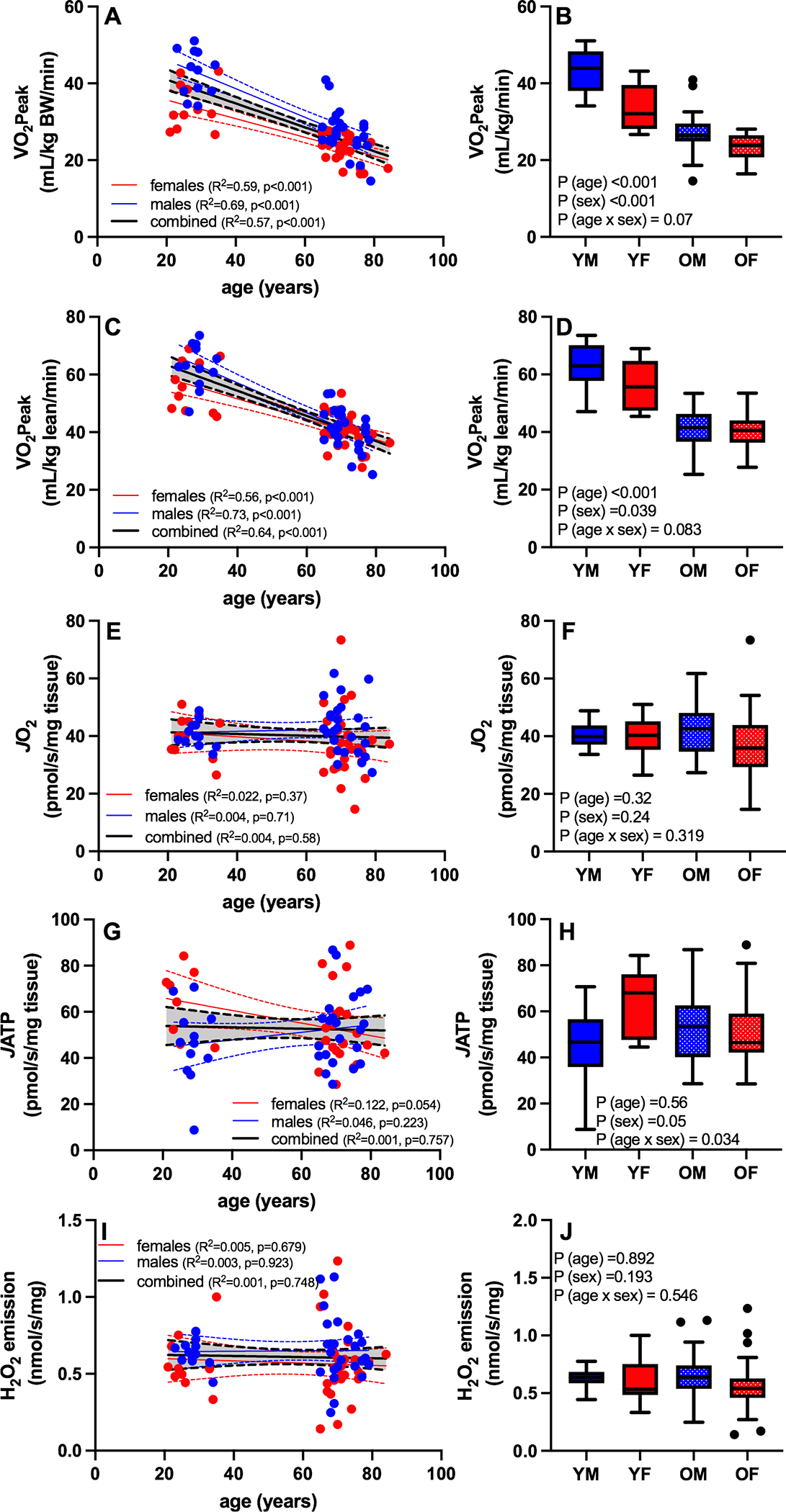Figure 1. VO2peak declines with aging in the absence of age-related changes in mitochondrial respiratory capacity, ATP production capacity, or hydrogen peroxide emissions in skeletal muscle.

Whole body cardiorespiratory fitness and skeletal muscle mitochondrial function were assessed in young and older males and females, and the relationships between age and age/sex groups were assessed by linear regression. Increasing age was associated with a decrease in VO2peak normalized to total body weight (A,B) or lean mass (C,D). VO2peak was lower in older compared to young and females compared to males regardless of whether normalized to body weight or lean mass (B,D). There was no significant association between age or sex and the maximal rates of oxygen consumption in permeabilized muscle fibers (E,F), ATP production (G, H), or ROS production (I, J). Blue symbols are males and red symbols are females. YM: young male; YF: young female; OM: old male; OF: old female; BW: body weight; JO2: maximal ADP-stimulated oxygen consumption; JATP; maximal ADP-stimulated ATP production. Boxplots show the 25th and 75th percentiles (box), median (line), and whiskers defined by largest and smallest values within 1.5 times the interquartile range with individual points representing values beyond this range.
